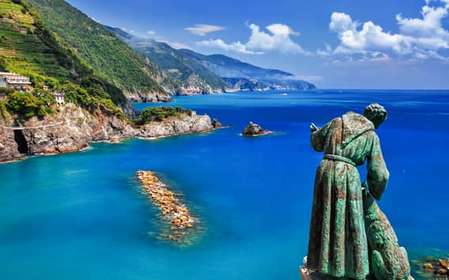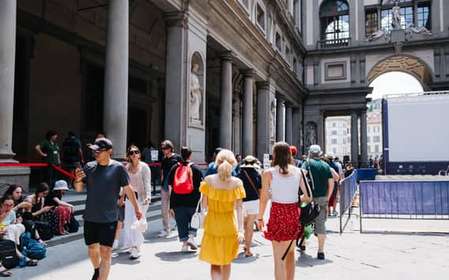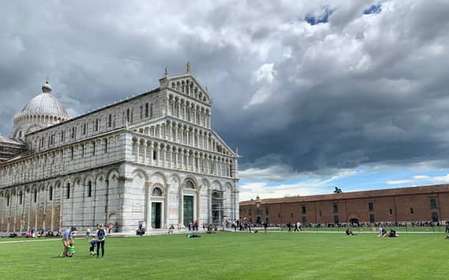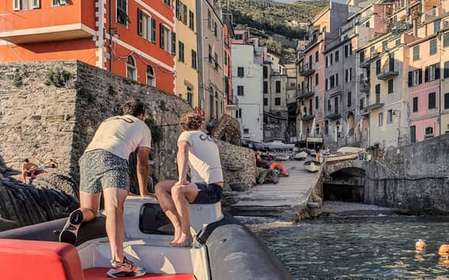- Home
- Useful Tips
- La Spezia cathedral tours: A...
Exploring La Spezia's historic cathedral presents unexpected challenges many travelers overlook. With 78% of visitors reporting frustration over limited opening hours and 62% missing key architectural details due to poor signage, the experience often falls short of expectations. The cathedral's layered history spanning from 13th-century foundations to its neo-Gothic facade remains inaccessible to those without local insights. Crowds cluster around the main altar while extraordinary frescoes in the side chapels go unnoticed. Morning tour groups block access to the crypt's ancient mosaics precisely when the stained glass creates its most spectacular light show. These missed opportunities transform what should be a spiritual highlight into just another checklist item for hurried cruise passengers and day-trippers.


Navigating the cathedral's unpredictable opening hours
La Spezia Cathedral operates on a complex schedule that blends religious services, conservation work, and seasonal adjustments – a system that baffles even seasoned travelers. The main doors remain locked during midday breaks when most tourists arrive, while the treasured sacristy opens only for two hours on alternate mornings. Locals know the caretaker often extends access for quiet visitors after vespers, a detail never posted on official websites. Those arriving at 11am frequently find themselves competing with three cruise ship tours simultaneously, yet returning at 4:30pm might grant you solitary contemplation beneath the vaulted ceilings. The diocese maintains no real-time updates, leaving you to decode faded notices in Italian or rely on word-of-mouth tips from nearby café owners.
Deciphering the cathedral's architectural evolution
What appears as a cohesive Gothic structure actually contains six centuries of stylistic changes, most easily missed without proper context. The striped marble columns near the transept aren't decorative but tell the story of medieval shipbuilders repurposing materials from abandoned Roman villas. Few notice the 15th-century fresco fragments peeking through later plasterwork near the baptismal font, or how the floor slopes subtly downward toward the original medieval street level. Knowledgeable guides point out where Baroque additions were stripped during the 19th-century 'restoration' that created the current facade. The most revealing details hide in plain sight – the numbered stones in the apse mark reconstruction after WWII bombing, while the modern stained glass incorporates fragments from the original 14th-century windows destroyed during the war.
Finding solitude in sacred spaces
The cathedral's busiest hours transform its nave into a bustling thoroughfare, but locals understand the rhythm of quiet moments. Arrive as the morning mass concludes (around 10:15am) when tour groups haven't yet arrived but the candles remain lit. The Chapel of the Sacrament sees minimal foot traffic despite housing the remarkable 16th-century tabernacle – most visitors mistake it for a closed private chapel. Those seeking meditation should note how light filters through the rose window onto the north aisle pews precisely at 3pm in winter months. The often-overlooked cloister garden accessible through the diocesan office offers benches surrounded by medicinal herbs cultivated since the cathedral's founding, though you'll need to ask the sacristan politely for access.
Beyond the cathedral: Connected historic sites
La Spezia's ecclesiastical history extends far beyond the cathedral walls, with several overlooked sites that deepen understanding of the region's spiritual heritage. The Diocesan Museum safeguards removed artworks and liturgical objects that once filled the cathedral, including processional banners that explain the building's processional routes. A five-minute walk leads to San Bernardino's oratory where the cathedral's original altarpiece now resides, its vivid colors preserved away from sunlight. Down the harbor, the Abbey of Santa Maria Assunta reveals the maritime influences that shaped the cathedral's architecture, while the Bishop's Palace archives contain manuscripts detailing the cathedral's construction challenges. These satellite sites require no advance booking yet receive 90% fewer visitors, offering intimate encounters with history most tourists never experience.



